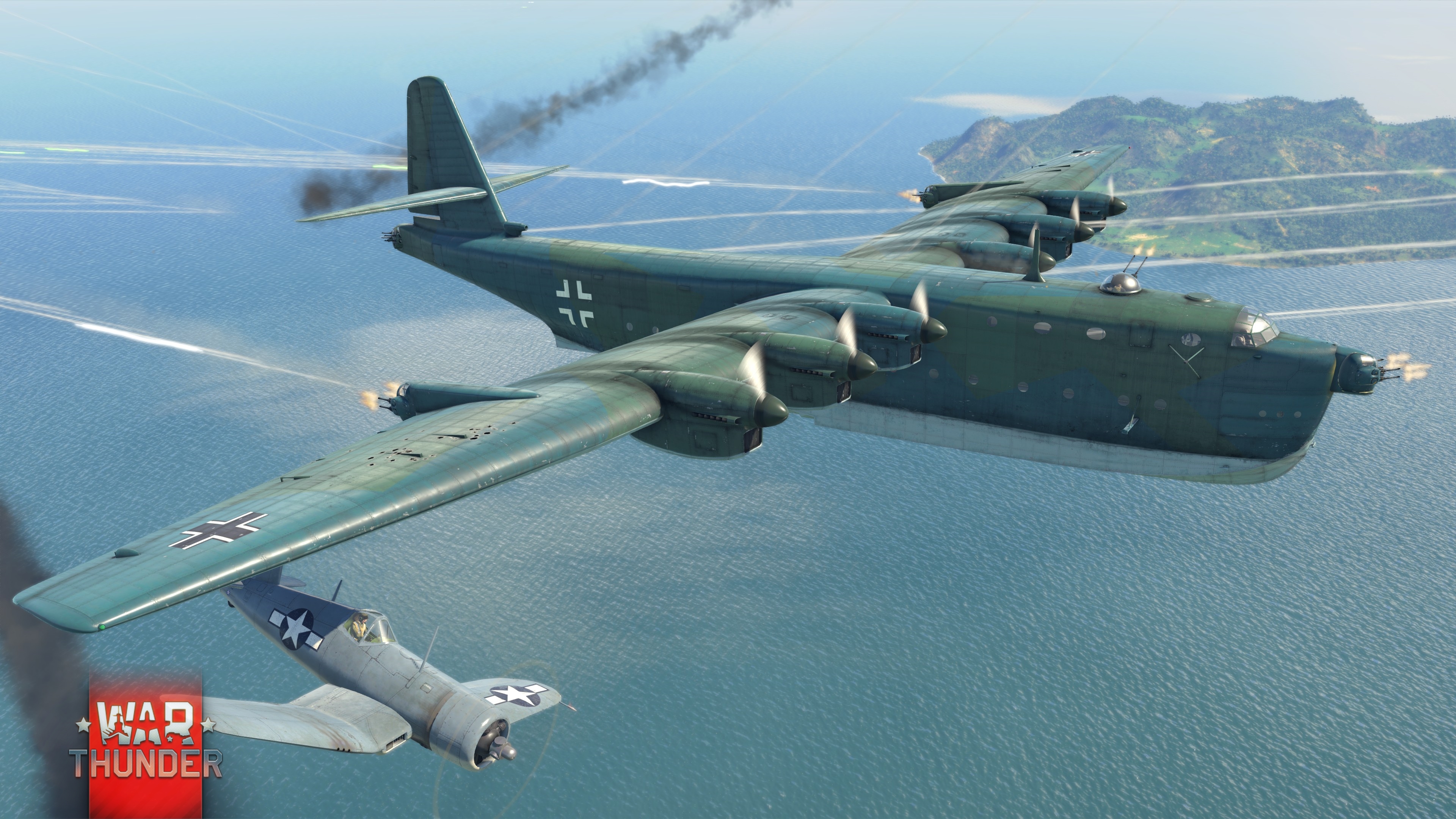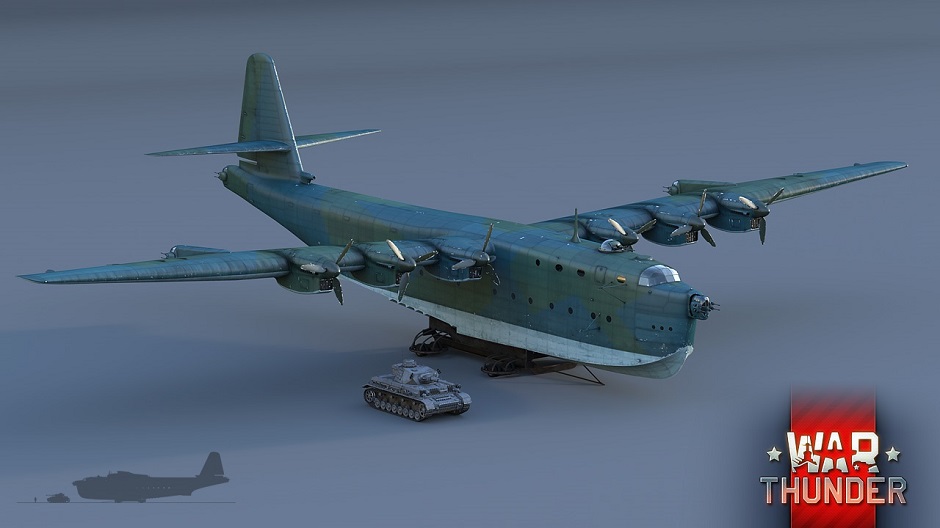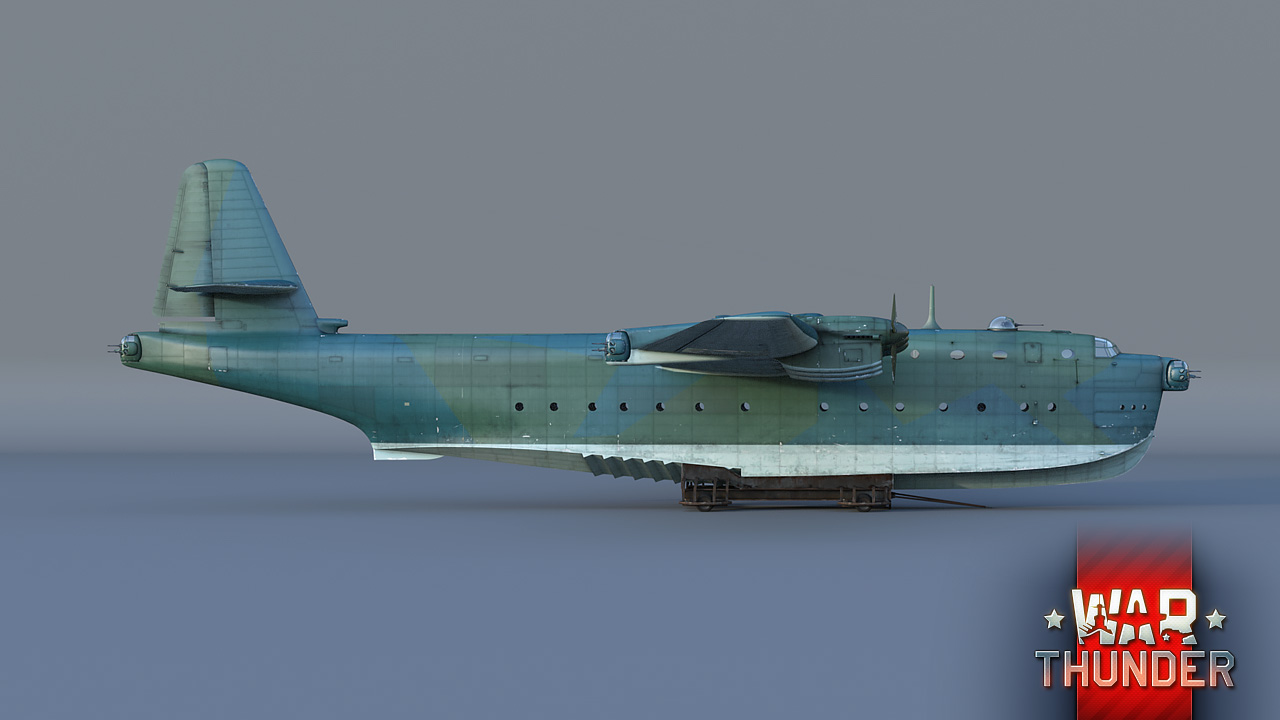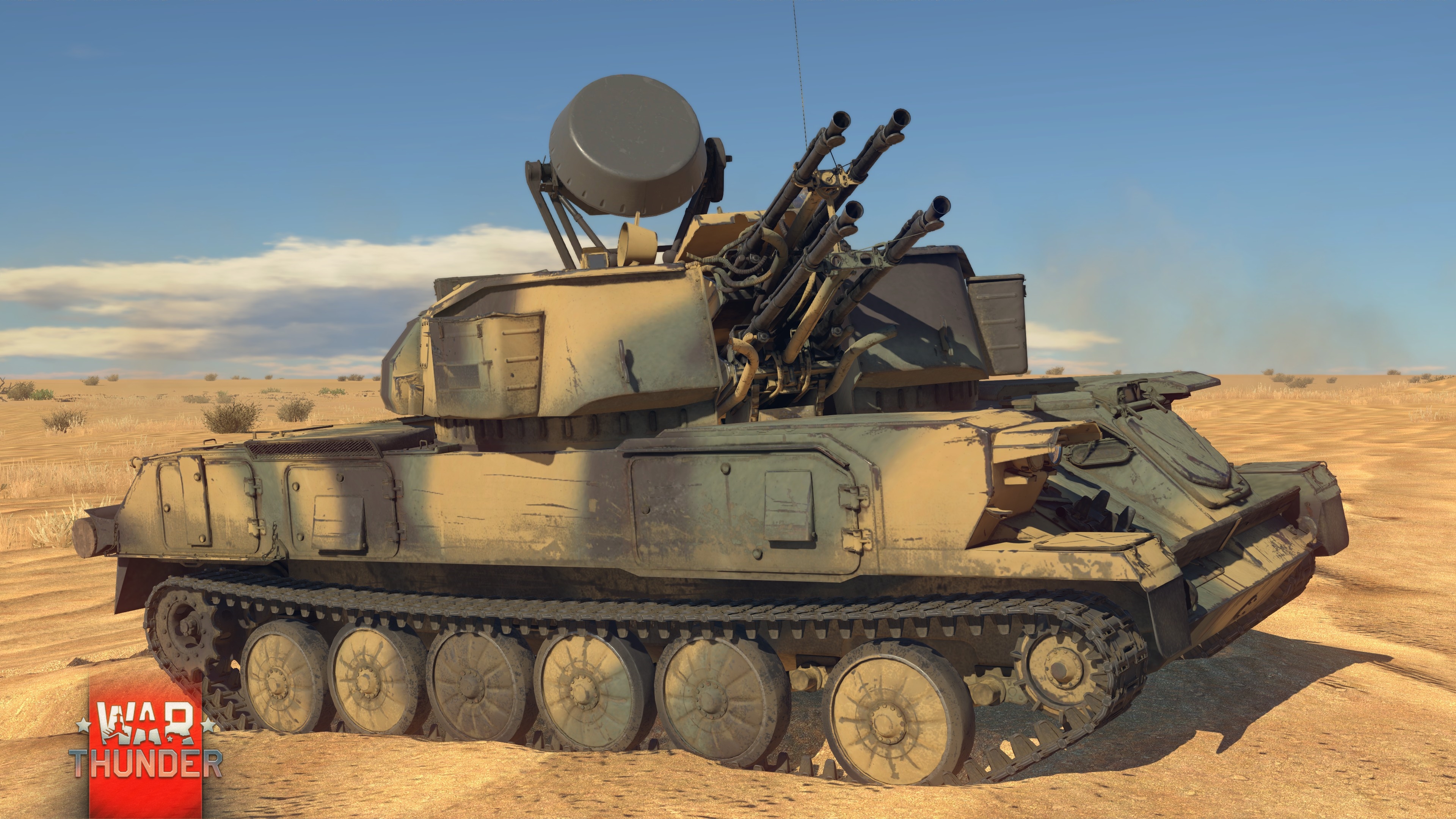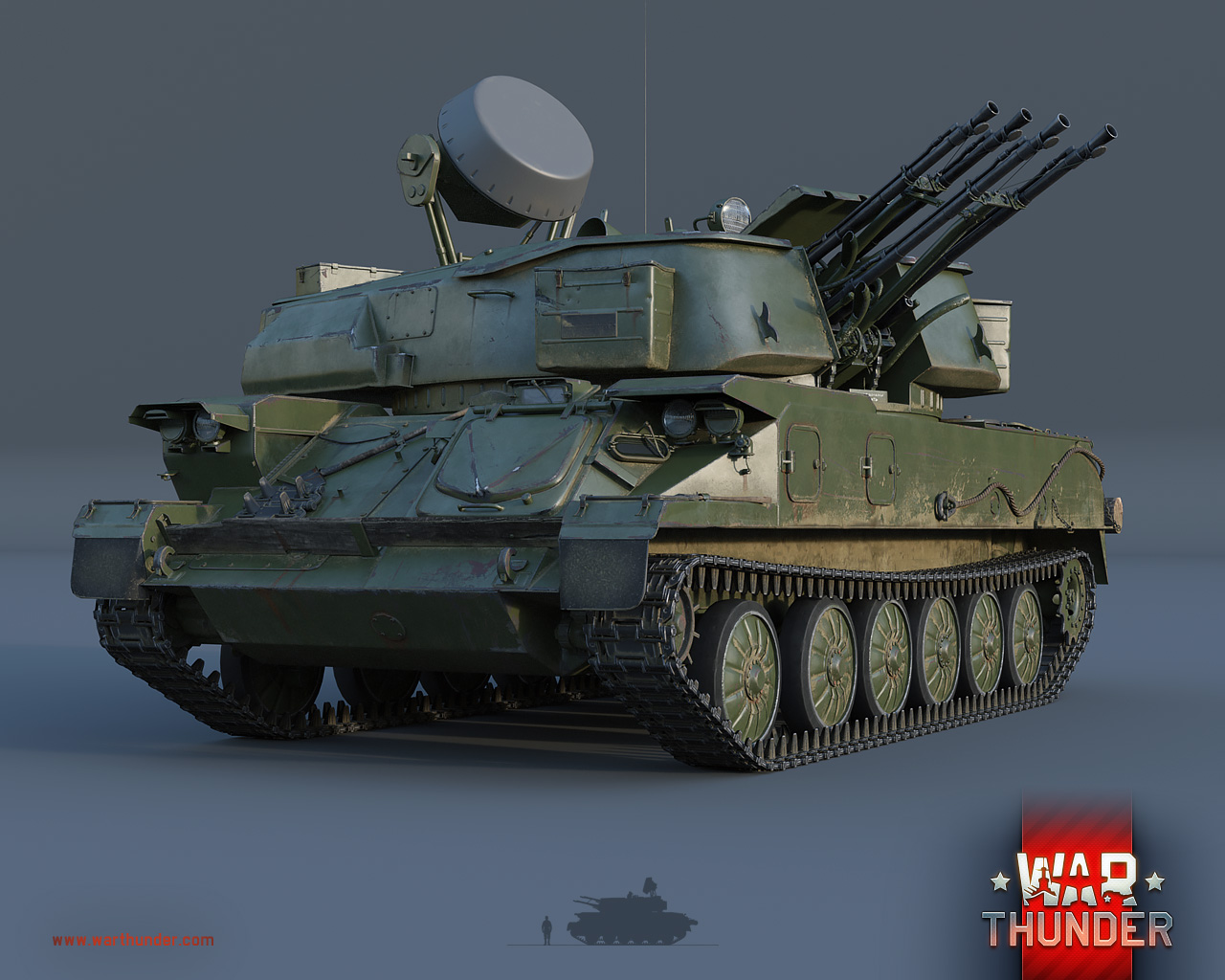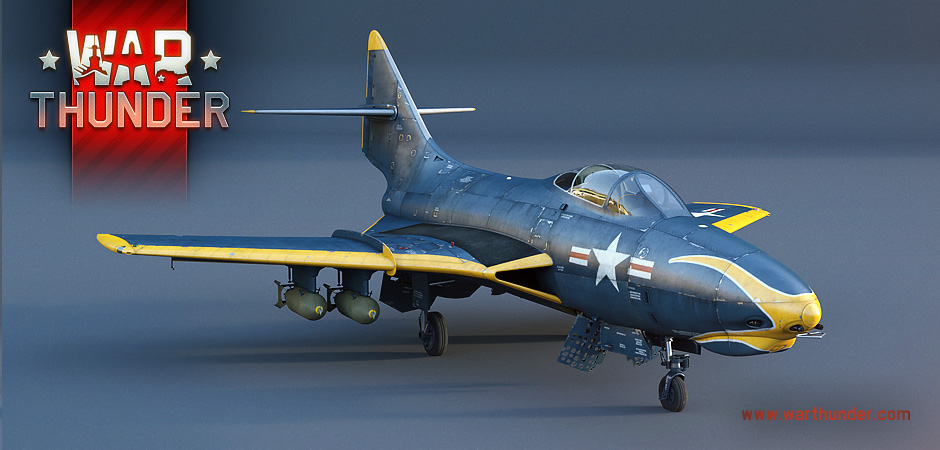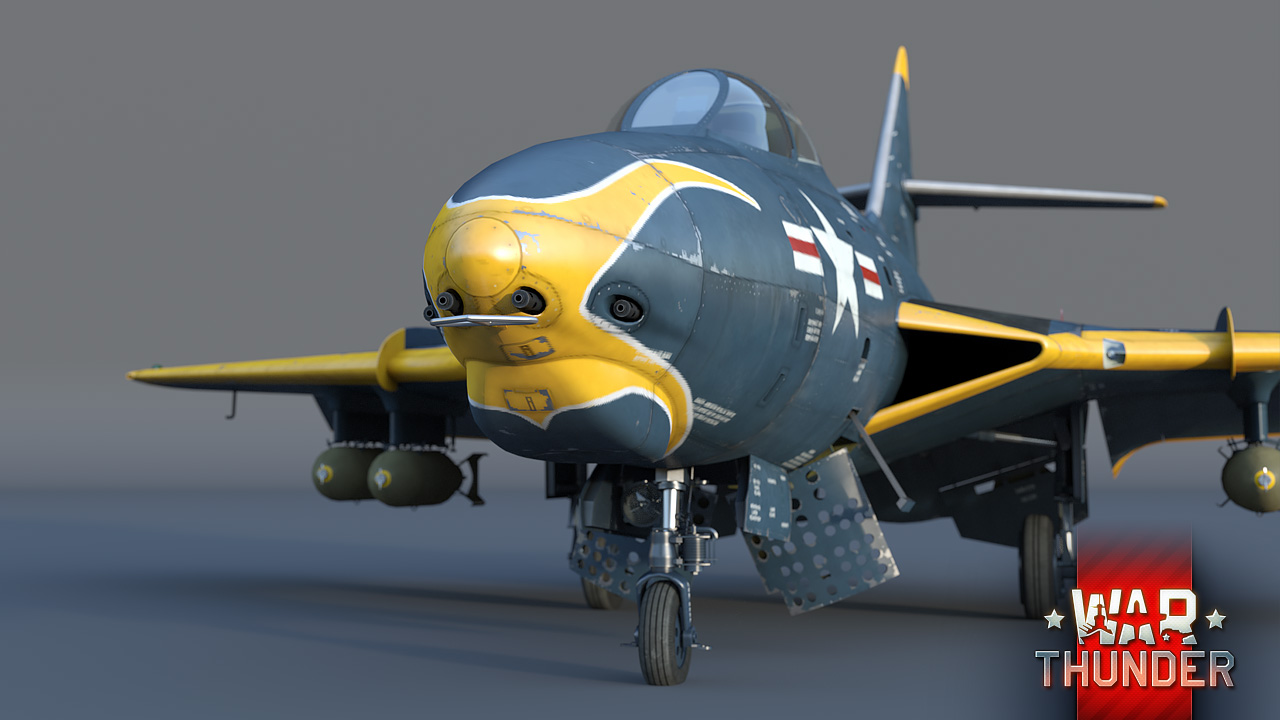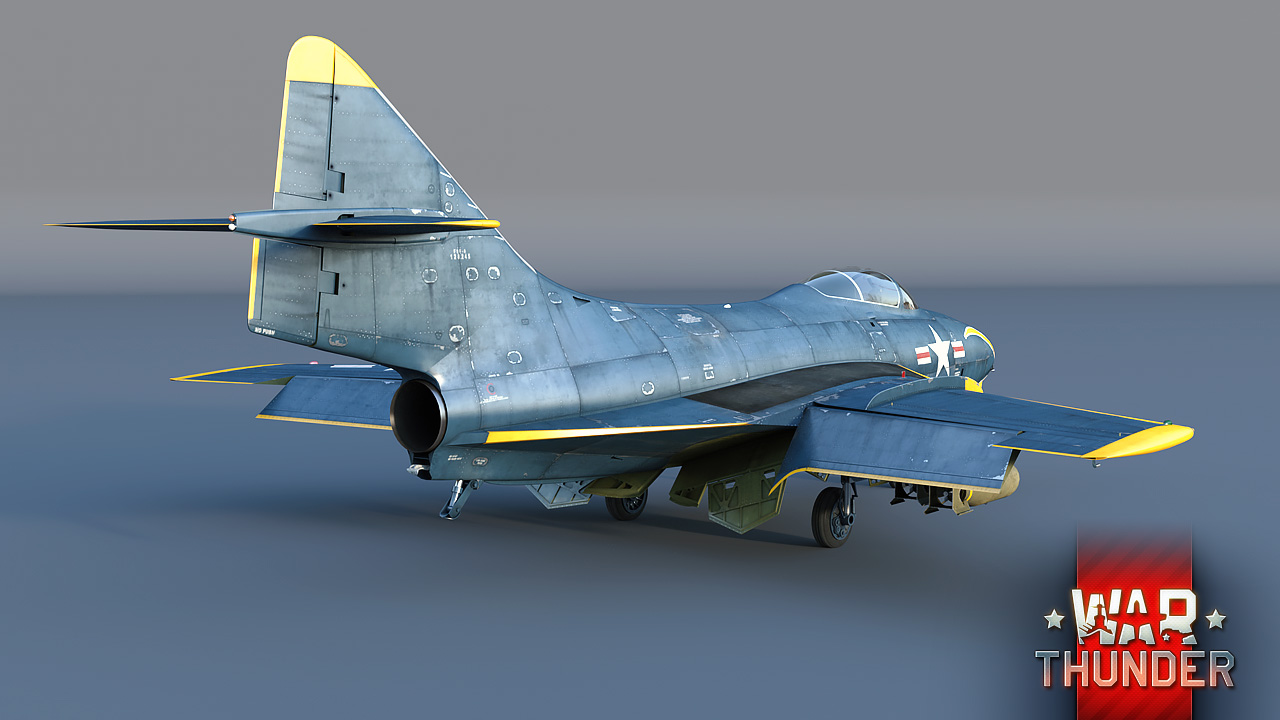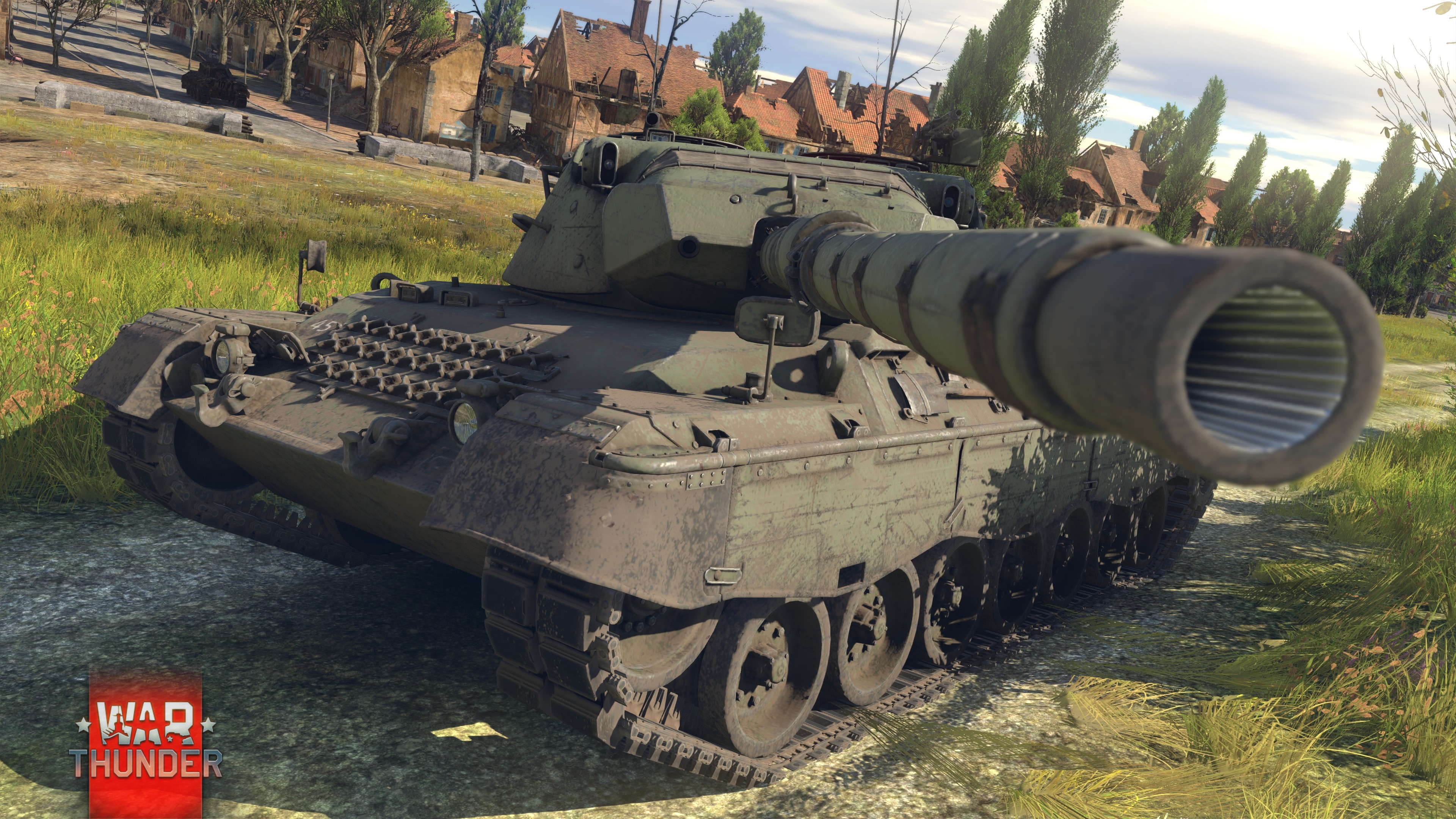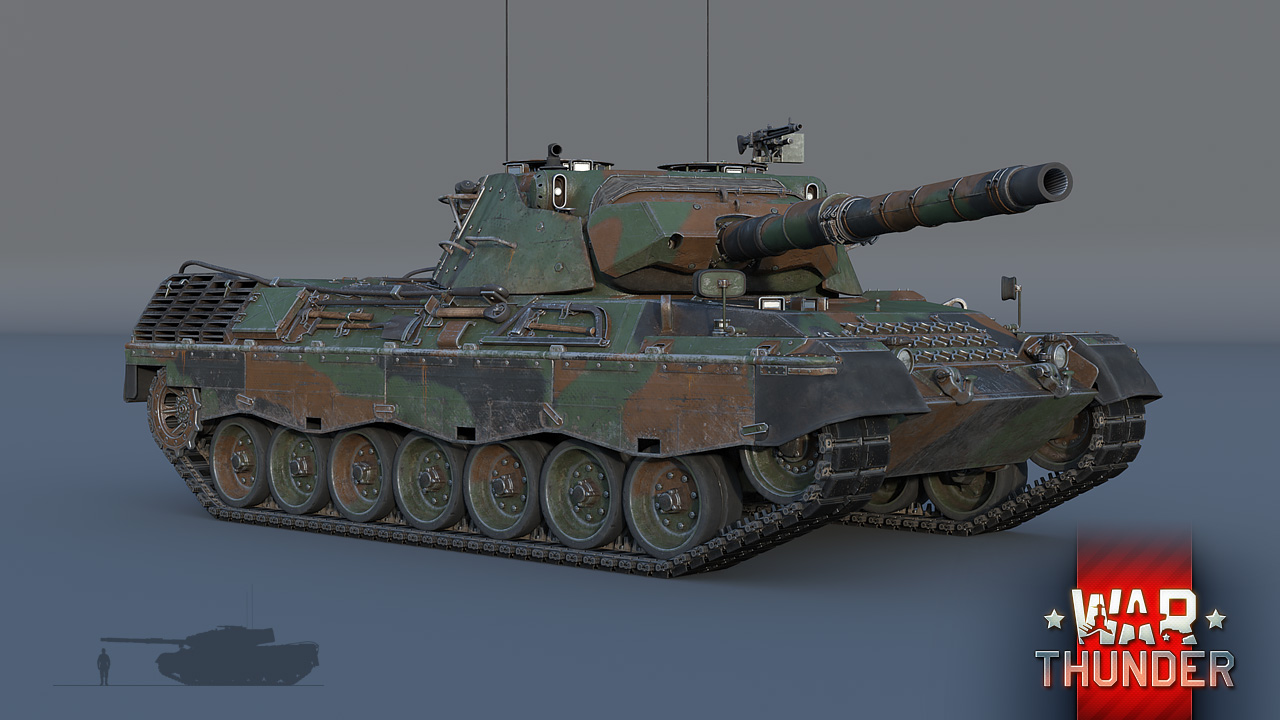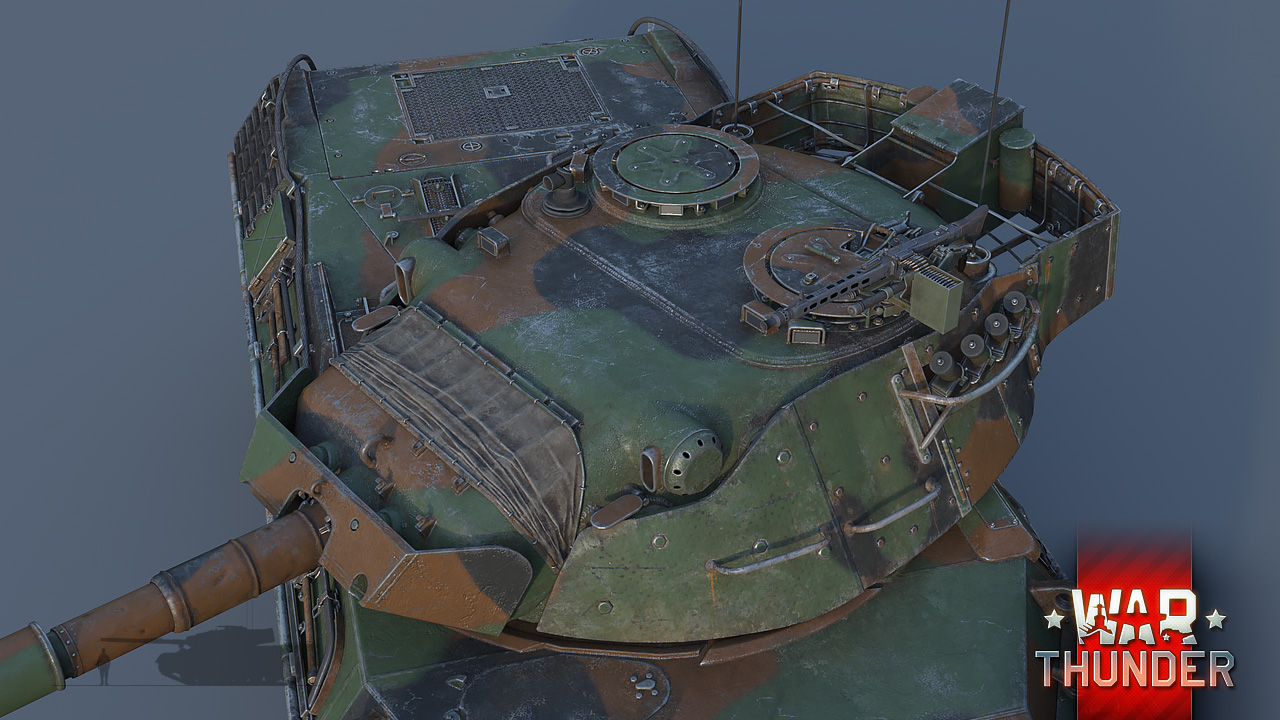
Sep 15, 2016
War Thunder - TheShaolinMonk
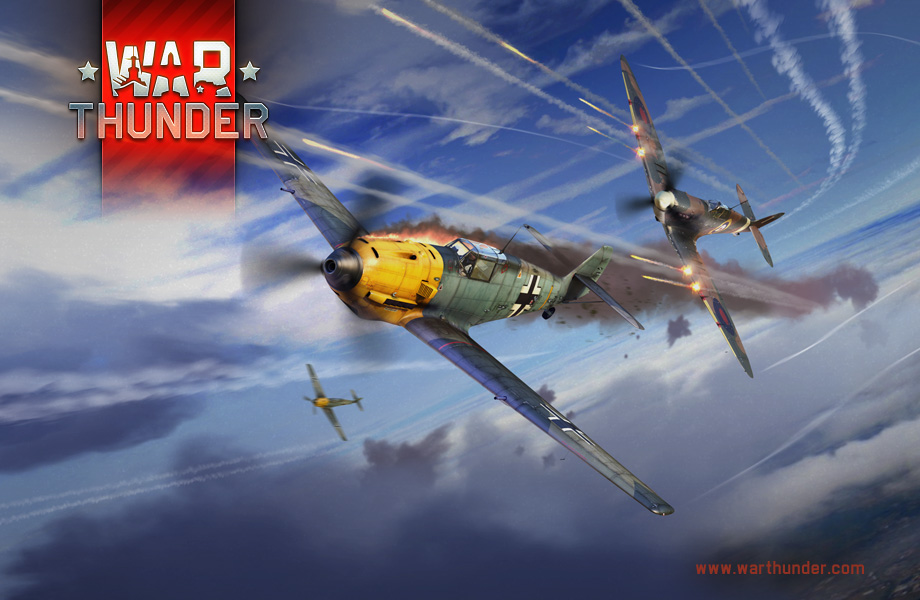
Special "Battle of Britain"
September 15th marks Battle of Britain day, one of the largest and final all out attacks by the Luftwaffe in the Battle was a last ditch attempt to draw the RAF out en mass, and keep the British on the ground once and for all.
Throughout August, the Luftwaffe had relentlessly bombarded British airfields and radar stations, as well as many other key assets, in the hopes of rendering the RAF inoperable and paving the way for the German invasion of Great Britain, codenamed “Operation Sea Lion”.
After an incident on August 24th, where bombs were mistakenly dropped on London, the RAF retaliated by Bombing Berlin. What followed from September 7th onwards would be known as the “Blitz” and was pivotal in turning the tide against the German air force, where the Luftwaffe switched from bombing key RAF assets, to large scale raids over London and several other cities. This gave RAF stations and airfields time to regroup resources, repair damaged runways and aircraft and collect themselves to go right back into action.
Battle of Britain day on September 15th saw over 1500 aircraft meet in the skies. A last effort attempt by the Luftwaffe to deal, what they thought would be, the “final blow” to an RAF perceived to be on its knees and at the brink of collaps. The deviation from attacking RAF targets at the start of the “Blitz” however ultimately ensured that the RAF was very far from on on brink.
The battle proved costly for both sides, in military terms and in civilian casualties. The effect on the war however was far greater. Operation Sea Lion was abandoned days later and Britain had managed to bring the German Blitzkrieg to a halt for the time being. Whilst it did not bring about the immediate conclusion of the war, Battle of Britain day and the events before it had dealt a major moral blow to the Luftwaffe and especially to its high command. Miscalculations and underestimations were made on both sides of the Channel, but the conflict would go down in history as one of the most significant air battles ever.
For more information, view the full article on the Official War Thunder Website!




